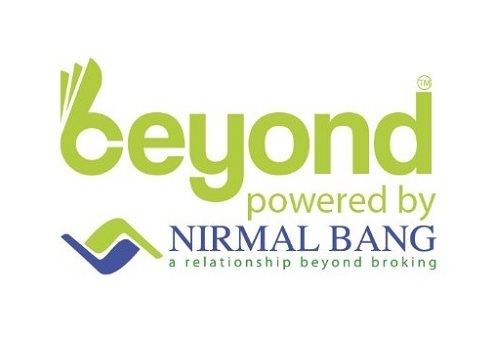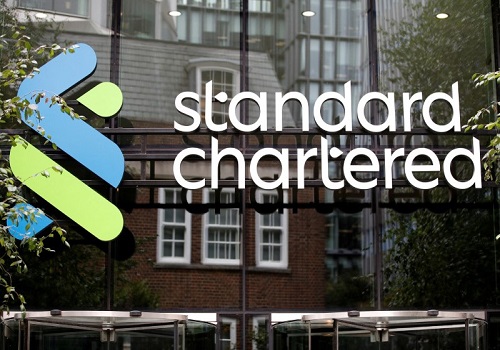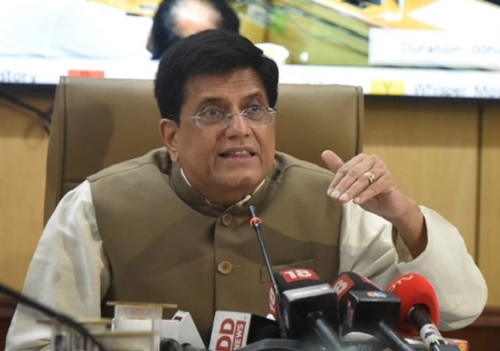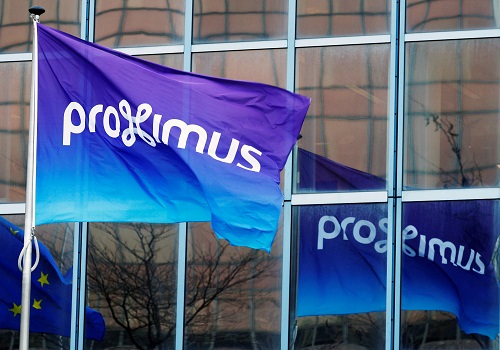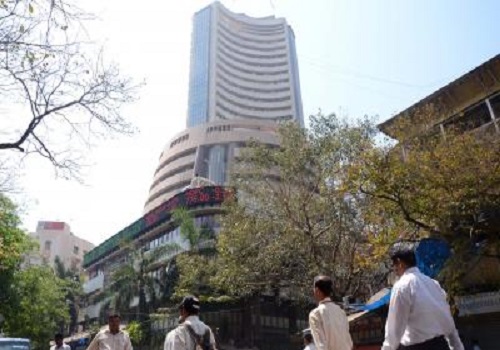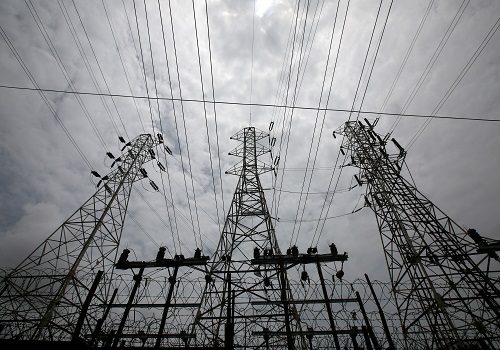India`s multi-year capex cycle has started unfolding
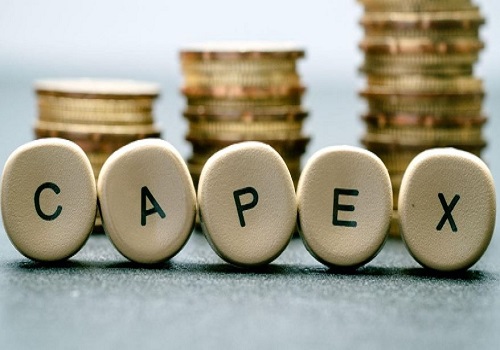
India's capex upcycle is visible across the two largest segments viz. housing and corporate capex now, which contribute 75 per cent to total capex, foreign brokerage Jefferies said in a report.
This is over and above the strong trend seen in government's capex over the last five years.
The housing upcycle is in the third year of upcycle and should still have 5+ years to go. For the corporate segment, overall capacity utilisation is near 12-year high with examples being cement and power.
"Even if government/infra capex spends cool off under budgetary pressure in 2024, we believe that large housing and corporate spending will drive the capex levels higher," it said.
India's capex (GFCF) to GDP ratio bottomed out in FY20 and has since risen by 270 bps, but is still 500-600 bps lower than the previous peak seen around 2010.
All the three elements of the capex cycle (housing, corporate capex and government capex) are now firing and hence the potential global slowdown should have limited impact on India.
A combination of a strong pent-up demand for housing, above average affordability and 12-year low unsold inventory should drive a multi-year virtuous housing cycle. Ditto for corporate capex with all-time low D/E ratio for the Indian corporate, along with a decade-high capacity utilisation level and well-capitalised banking system should drive corporate capex, the report said.
"Capex has risen by a sharp 11 per cent/9.5 per cent YoY in 2Q/1HFY24. The broad basing of India's rising investment cycle is well evident, but there is significant headroom here. The capex as percentage nominal GDP should rise to a near-decade high of 30 per cent in FY24.
"We believe though, there is a long way to go in the capex cycle. From the capex cycle peak of GFCF being at 35 per cent of GDP, the investment share in the economy declined to a low of 27 per cent in FY21," the report said.
The GFCF has three major contributors -- households, government and corporate.
The uptick in the housing cycle (since early 2021) and government/infra capex have been more visible. Recently, data related to corporate capex (new orders and project announcements, financing, utilisation levels, etc.) point to the beginning of a private corporate spending upturn.
Capacity utilisation across sectors is trending higher.
Rising utilisation levels (e.g. cement at 10-year high, thermal power at 81 per cent in FY25E, 8-year high), alongside power capex growth at a 20 per cent CAGR over FY23-26E vs. -1 per cent over the last 5 years. Bottom-up analysis shows steel and cement projected capex over FY24-25E should average 2x the past five years' run-rate for both sectors.
Railways has emerged as a large capex driver too, with government spending from its budget doubled over FY21-24E, the report said.



